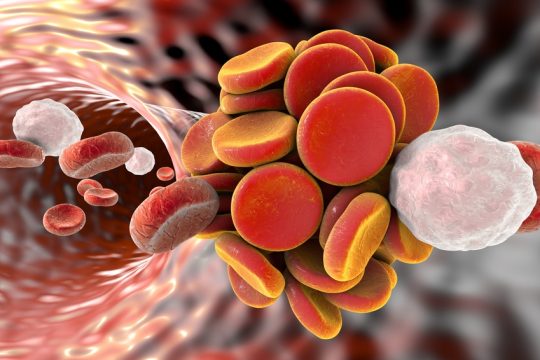Since November 2015, when the LEADERS FREE was published in NEJM, polymer-free drug coated stents had undoubtedly been the best treatment for patients at high risk of bleeding. The benefit was owed to the safety and efficacy of the polymer-free biolimus coated stent (also called umirolimus) vs. bare metal stents in the context of just one moth of dual antiplatelet therapy.

The use of polymer-based drug eluting stents in this subgroup of patients at high risk of bleeding with just one month of clopidogrel was discussed until yesterday, when the ONYX ONE was published in NJEM.
This last study randomized 1996 patients at high bleeding risk to polymer-based zotarolimus eluting stent vs the polymer free biolimus coated stent.
After PCI, all patients received only one moth dual antiaggregation followed by antiaggregation monotherapy. Primary end point was a safety composite of cardiac death, infarction or stent thrombosis at one year. The secondary end point of safety and efficacy included cardiac death, target vessel failure, or clinically justified target vessel revascularization. Both endpoints were calculated to prove non-inferiority.
Read also: New European Guidelines on the Management of Lower Limb Acute Ischemia.
At one-year follow-up, the primary end point resulted 17.1% with the zotarolimus eluting stent vs. 16.9% with the polymer free biolimus eluting stent (p for non-inferiority= 0.01).
The secondary end point also resulted practically identical (17.6% vs 17.4%; p for non-inferiority=0.007).
Conclusion
In patients at high risk of bleeding receiving only one-month dual antiplatelet therapy after coronary PCI using the zotarolimus eluting stents with permanent polymer vs. the polymer free biolimus coated stent turned out as safe and effective.
Original title: Polymer-based or Polymer-free Stents in Patients at High Bleeding Risk.
Reference: S. Windecker et al. N Engl J Med 2020, online before print.
Subscribe to our weekly newsletter
Get the latest scientific articles on interventional cardiology
We are interested in your opinion. Please, leave your comments, thoughts, questions, etc., below. They will be most welcome.





